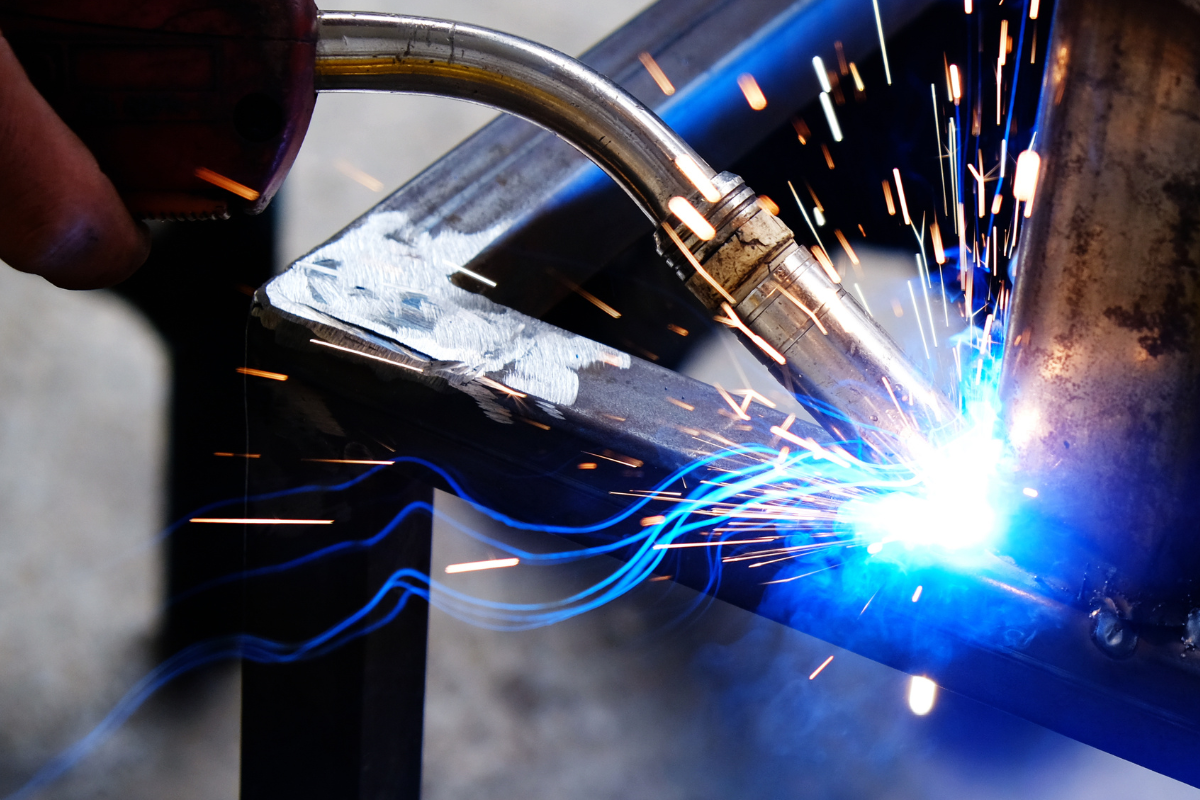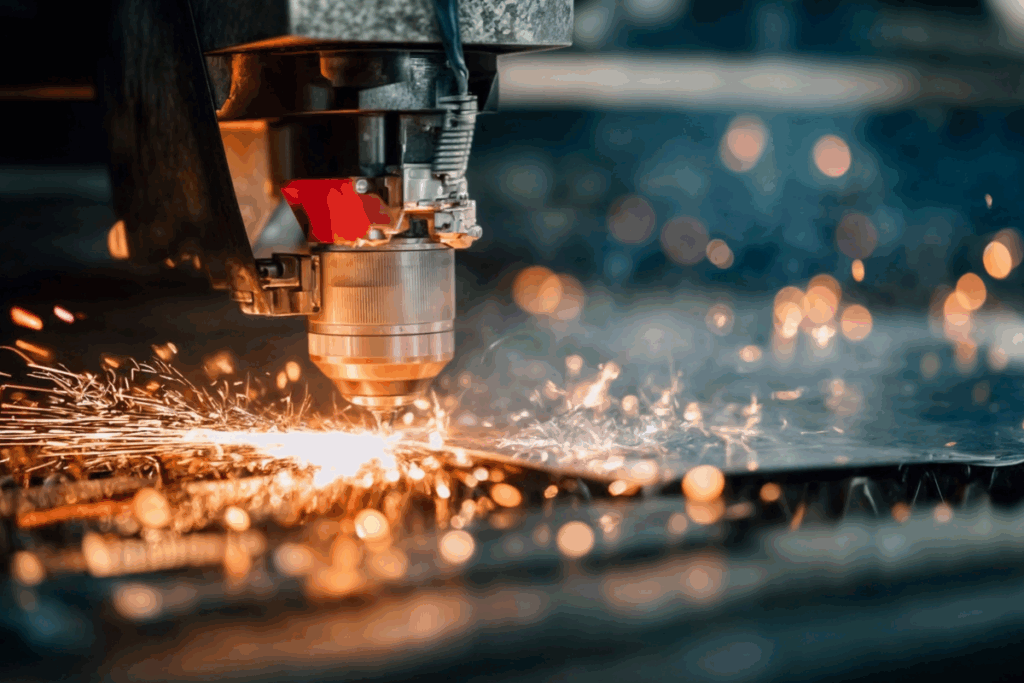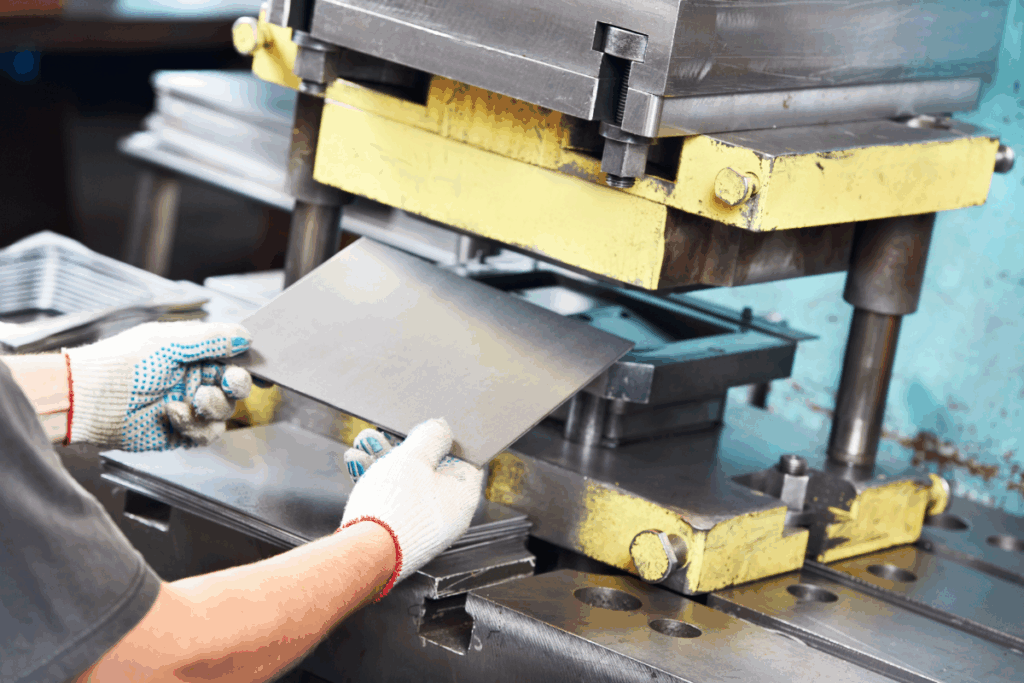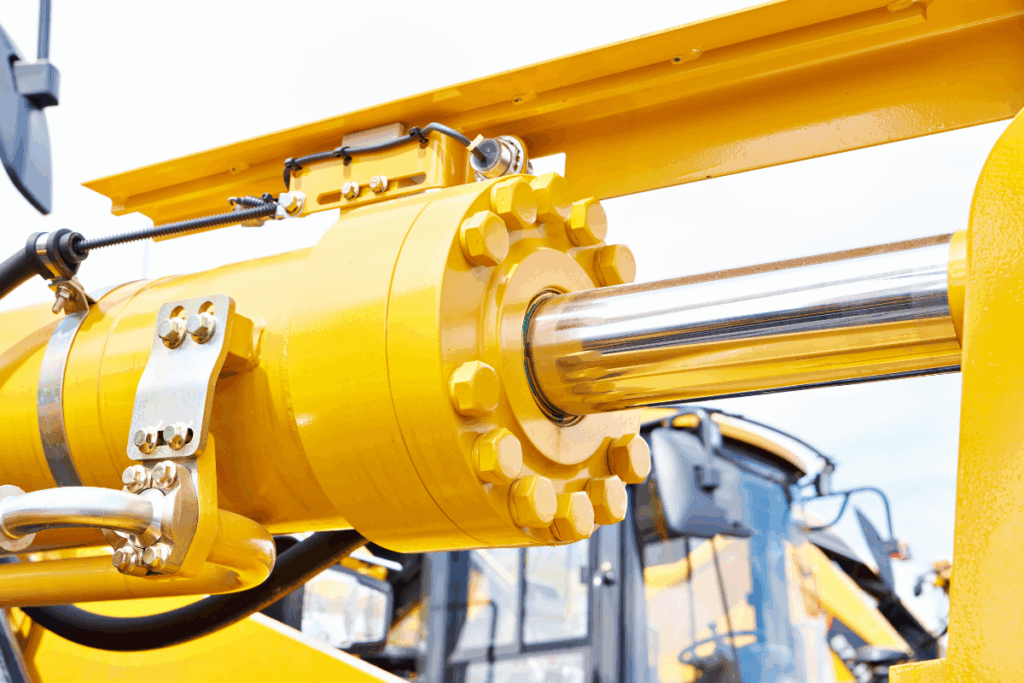Forward-thinking off-road OEMs recognize that their products must be constructed using advanced fabrication techniques to achieve the highest quality results. At AC Fabrication & Assembly Solutions, we ensure that we recommend precision machining processes that are completely aligned with our customers’ design specifications and the final product’s application.
Welding is one process that plays a critical role in the fabrication success of most construction and agricultural components. Strong joins between metal parts used in harsh industrial applications are vital to ensure product quality, durability, and reliability during regular use.
In this month’s blog, we discuss the differences between MIG and TIG welding, the two most common types of welding used in modern fabrication facilities, to help you make an informed choice during the design phase.
What Is MIG Welding?
Metal Inert Gas (MIG) welding, also known as Gas Metal Arc Welding (GMAW), is recognized for producing efficient, high-quality, and repeatable joins at a rapid pace with minimal downtime.
It creates the weld bead through a continuous wire electrode that is fed directly into the weld pool. The process is shielded by an inert gas, typically argon or helium, which protects the molten metal from atmospheric contamination, resulting in a clean weld that causes little to no splatter and prevents porosity, oxidation, and other defects.
MIG welding is the ideal welding technique for producing long, continuous joins on materials such as aluminum, steel, stainless steel, and many non-ferrous metals commonly found in off-road vehicle chassis, suspension components, and structural brackets.
Additionally, MIG welding can be more cost-effective than TIG welding, because it’s less dependent on operator finesse, requiring less specialized training and experience to complete successfully. The process’s ability to be run semi-automatically or fully automatically using robots also makes it the preferred choice for manufacturers who need precise solutions for large-volume production runs, when parts are needed quickly, or when further cost optimizations are required.
What Is TIG welding?
Tungsten Inert Gas (TIG) welding, also known as Gas Tungsten Arc Welding (GTAW), is used for more precise welding applications.
It uses a non-consumable tungsten electrode to generate a focused arc, melting the base metal with unparalleled precision. Welders can add filler material as needed, but TIG welding is known for providing high-quality autogenous welds, which are ideal for sheet metal or thin-gauge exotic alloys such as titanium and magnesium, especially for intricate geometries.
Similar to MIG welding, TIG welding employs an inert gas shield such as argon or helium to deliver a contamination-free weld free from slag. However, TIG welding is much more versatile than MIG welding, as it extends to all welding positions, including overhead and vertical, making it the premier choice for complex assemblies such as high-performance suspension arms, roll cages, or custom intake manifolds.
TIG welding’s ability to deliver strong, precise welds demands a steady hand and deep technical knowledge from the operator, resulting in a slower process speed, longer cycle times, and potentially higher costs. However, it can also be integrated into robotic welding systems, ensuring consistent and repeatable results.
Read More: Our Solutions
Choosing Between MIG And TIG Welding
Overall, the choice between these two welding techniques relies on your project’s specific requirements for speed, precision, material compatibility, and cost.
For example, if your project design includes wide tolerances and large pieces to be joined, as well as a fast turnaround time at a lower price point, MIG welding is likely the best option. It also works well on a wide range of metals of various thicknesses, making this technique perfect for automotive components such as chassis rails, crossmembers, frames, mounts, and bulkheads.
However, TIG welding may be more suitable for your project when working with thinner metals or exotic materials and where heat management and metallurgical integrity are essential, such as in suspension link and custom bracket applications. Its ability to deliver high-precision welds also makes it a preferred choice where the weld itself is a visible, functional element of the design.
In some cases, both processes are used on a part, with MIG welding used for primary assembly and TIG for finishing or on critical sections. This hybrid approach to welding allows manufacturers to leverage both high-volume throughput and precision quality, ensuring the component meets the rigorous demands of the final application.
It may seem daunting to choose the correct welding technique for each join in your project. However, this isn’t a decision you need to make alone. The engineers at AC Fabrication & Assembly Solutions possess the skills, training, and expertise to make informed recommendations on the most suitable welding type for each join.
With over 300 years of combined experience delivering high-quality, end-to-end solutions to global OEMs, we’re the only design, fabrication, and assembly supplier you’ll ever need.
Read More: How To Manage The Costs Of Your Metalworking Projects
Partner With The Agricultural Equipment Manufacturers At AC Fabrication & Assembly Solutions on Your Next Metalworking Project
Our integrated project development process ensures complete collaboration with our customers, helping us deliver high-quality products that maximize profitability and growth potential.
Contact an AC Fabrication and Assembly Solutions expert at 204-952-1900 or sales@acfabandassembly.com for a custom quote on your next project today!



